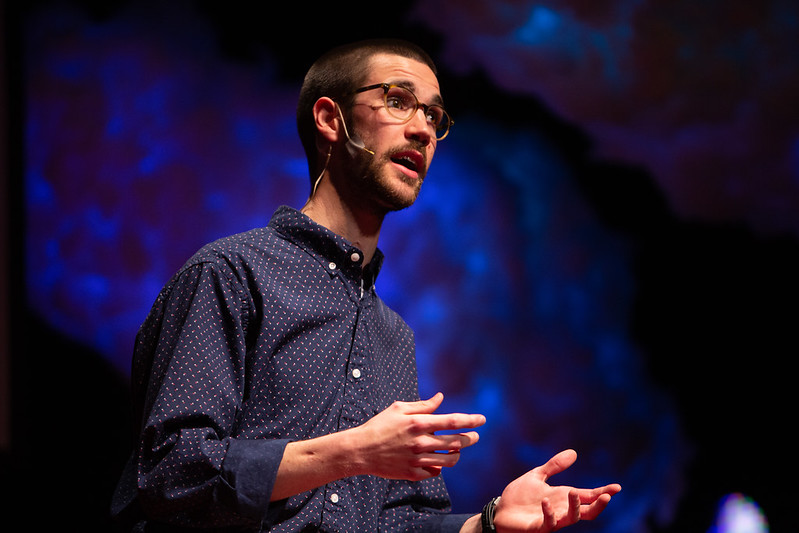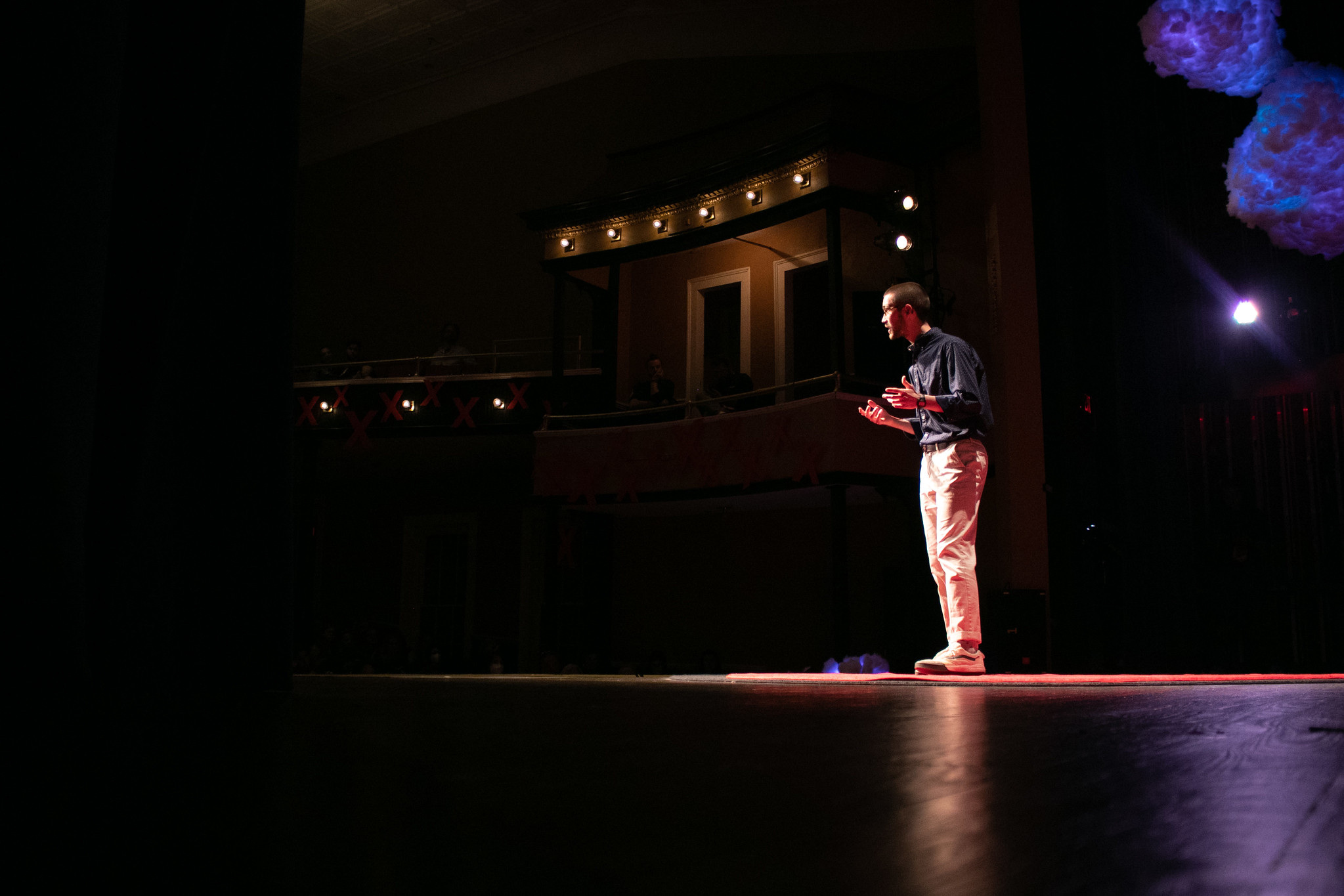
How I Curate a TEDxUGA Talk
2020-2022
Role: Curator, Visual Designer
Curating a TEDxUGA Talk is a lengthy process that involves more than writing a script. At TEDxUGA, we have a dedicated process to fully prepare our presenters to take the stage every spring. I have gone through this process with 6 presenters discussing 6 completely different ideas. Jack Harth (seen above) is one of those 6 presenters I've had the pleasure of working with. He is a doctoral student studying neuroscience in UGA's College of Public Health. As I go through the different steps of the curation process, I will highlight the work Jack and our team did to create a fantastic talk about the importance of brain health.
I did not curate alone. For TEDxUGA 2022, I worked closely with Jenna Gold, Emma Husakiwsky (both on my student team from the TEDxUGA class), Olivia Sprott (Lead Curator), Esther Kim (Assistant Curator), and Megan Ward (TEDxUGA Licensee). It takes a small village to pull off an event as unique as TEDxUGA 2022.
The TEDxUGA curation process draws from concepts in Resonate by Nancy Duarte.
The Big Idea and Key Messages
The first step in any talk involves defining the Big Idea. A single, consice sentence, the Big Idea defines the entire direction of the talk, serving as our North Star throughout the writing and editing of the script. Presenters for TEDxUGA 2022 started this process sometime in November of 2021.

Above is Jack's intial Big Idea statement – which was 2 sentences instead of 1. Later, once we got into January when a majority of the writing began, we revisited this Big Idea statement. As Jack was writing his initial script drafts, he found it challenging to incorporate athlete metaphors throughout his talk naturally. As a result, we revisited his Big Idea to straighten out the direction we wanted to take.

Once we had a Big Idea, we worked to identify several key messages that needed to be incoporated into his talk and attached factual, emotinal, and visual pieces of content to each message.
Drafting Scripts
Once the Big Idea and those messages were identified and outlined, Jack wrote a complete draft of his script and the bulk of our work began.
With each iteration, we reviewed the script and edited the structure and flow of the talk to be engaging with a general audience. Our job was to adapt Jack's initial scripts into a talk that could be easily understood and digested by a variety of people while keeping them engaged. Keeping in mind that Jack was a neuroscience doctoral student, we had to ensure that his talk was still informative but kept the audience's attention throughout.

Ultimately, we went through 14 script iterations with Jack, going from structural changes down to minute grammatical edits until we arrived to a final script. We needed to make sure that every suggested change on our end made sense with Jack and every suggestion from Jack would fit well within the structure for a TEDxUGA talk.
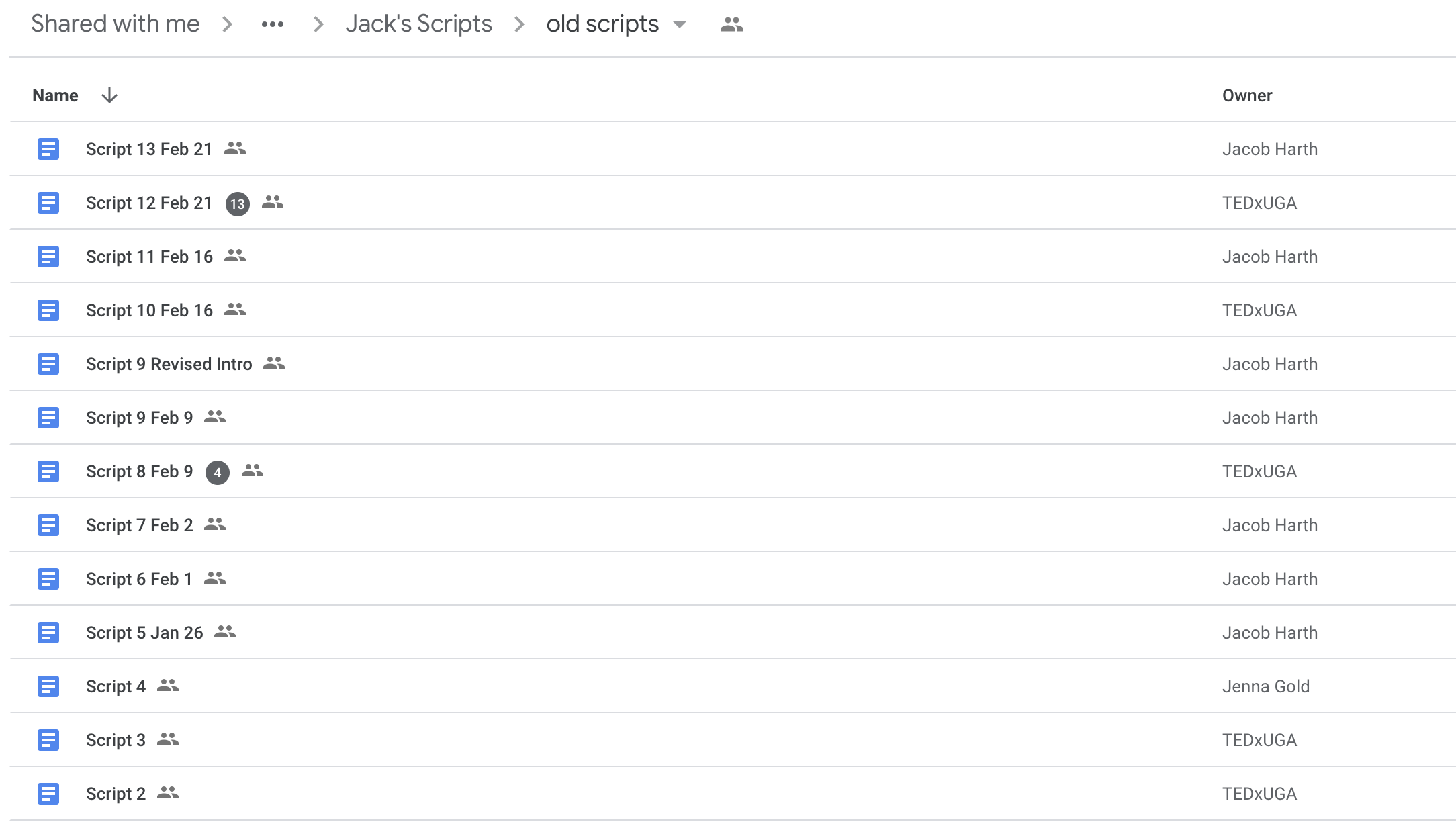
Creating Visuals
Once we reached a point in the scripting process where we were confident that key facts, messages, and points were solidified, we began creating visuals for Jack. While seemingly a simple process, we needed to ensure that slides were purposeful and fell within TEDxUGA standard branding guidelines.
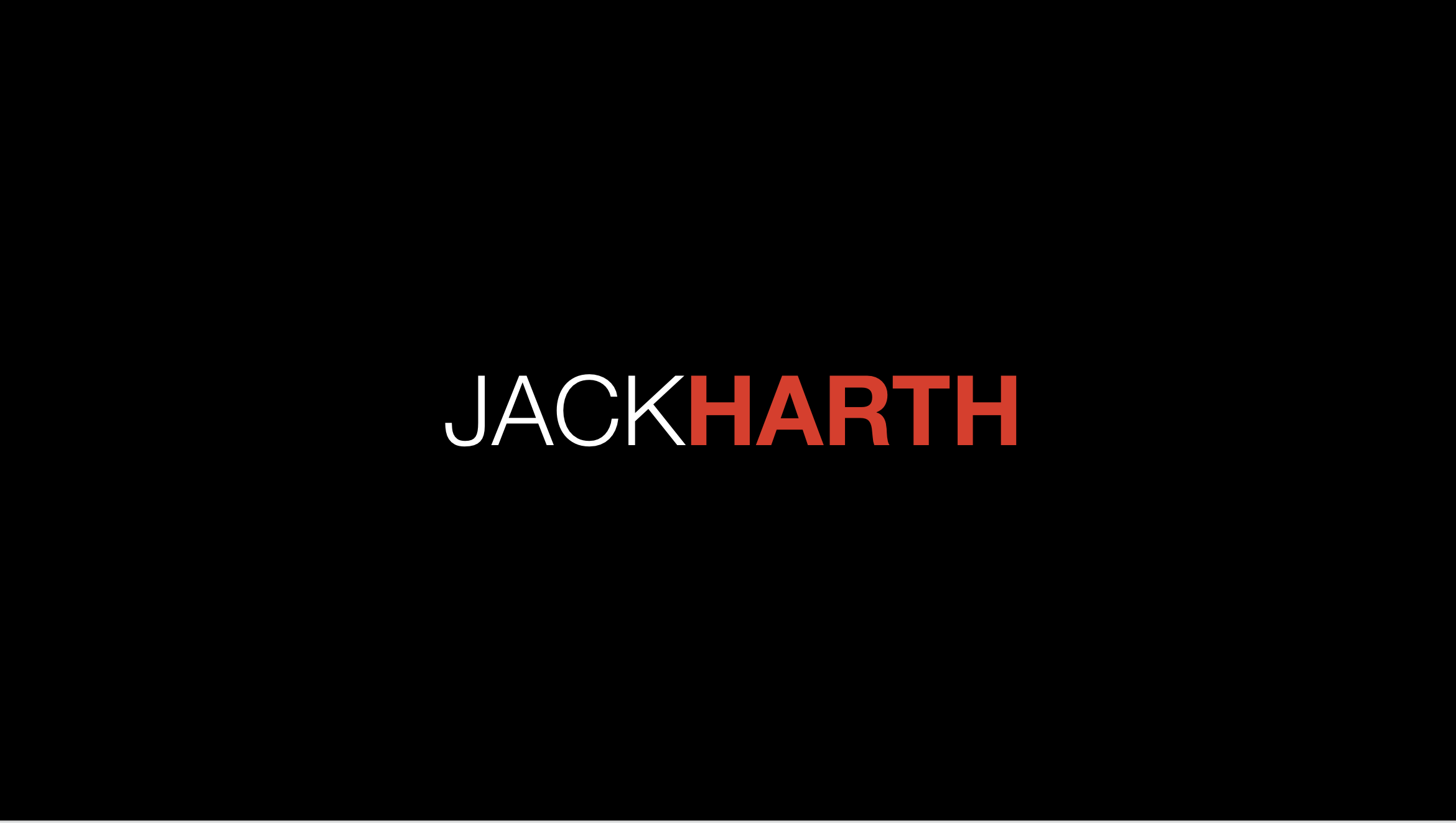
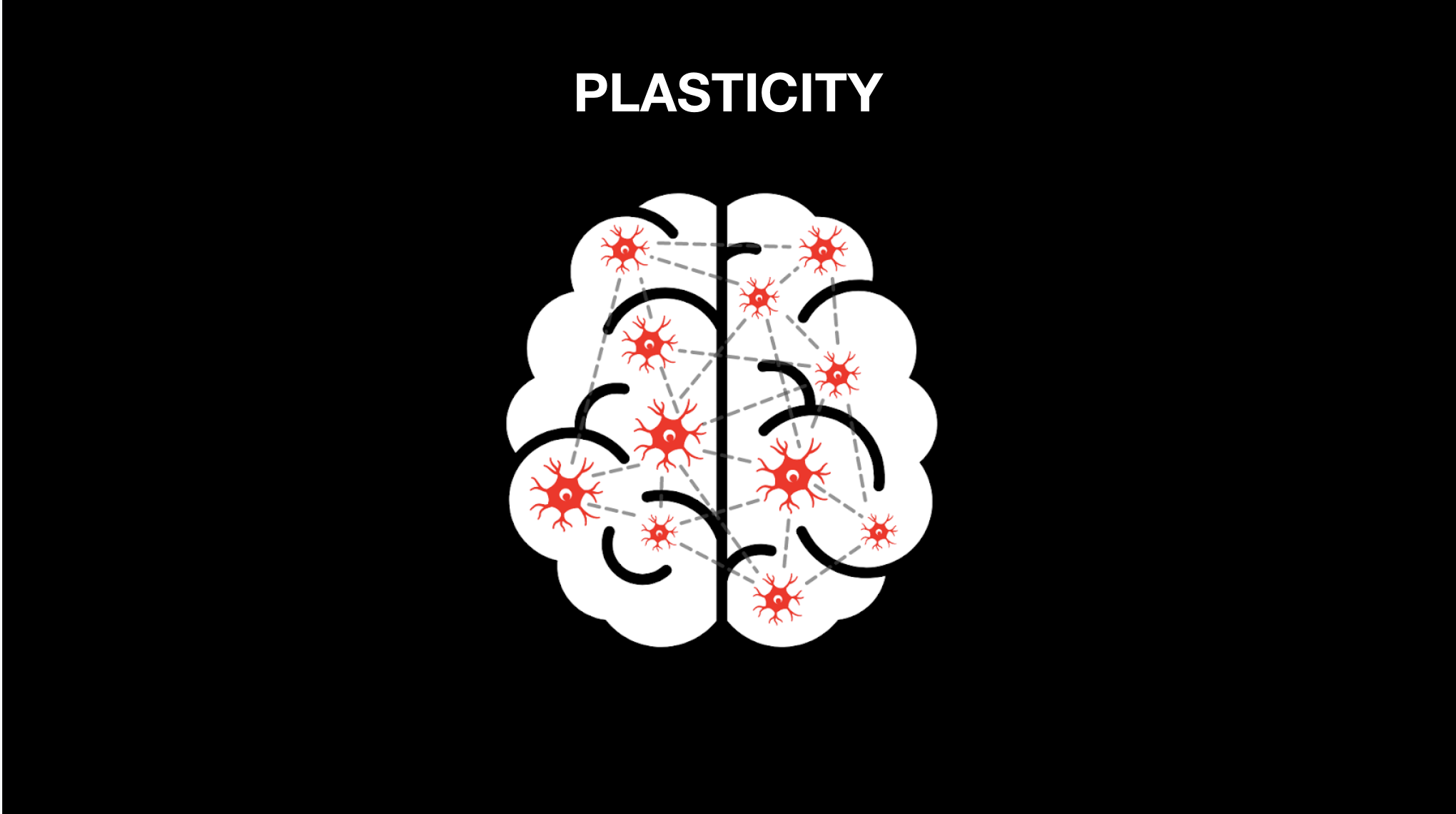
Each slide was denoted with a dedicated slide cue throughout the script. Again, each slide created was intentional and meant to serve as a visual aid to Jack's talk. We refrained from adding unnecessary slides or creating anything too complex that would distract the audience from what Jack was saying.

Practice, Practice, Practice
After many iterations, script changes, and visual notes, we reached a point to start practice sessions. Jenna and I were responsible for scheduling multiple practice sessions for Jack, helping him memorize and get comfortable in front of strangers for his talk. Additionally, fresh perspectives help generate useful feedback to make sure Jack's delivery clicked with a general audience.
The Red, Round Rug
When the time finally came, Jack was ready. Months of curating and weeks of practice resulted in a strong talk in which Jack was confident with. Throughout the curation process Jack was nervous to tell his personal story about his traumatic brain injury and encouraging others to invest in their own brain health. He wanted this moment to be something that he can be proud of for the rest of his life.
With our help, he delivered an engaging and well-rehearsed talk, explaining the intricacies of the brain that was accesible by everyone. He was estatic coming off the stage, proud of his accomplishment. And as his presenter prep team, (Jenna, Emma, and I), we were also proud of how far he came.
